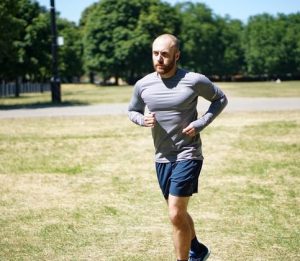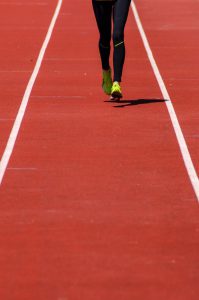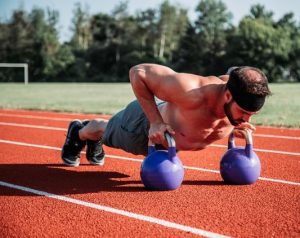Techniques for Improving Your Running Effectiveness

Running is one of those activities that can look deceptively simple, however, in order to run with greater efficiency, it will take a lot of conscious effort to get a hang of it. Given how running is sort of an extension of our walking, it is entirely possible that those who are not trained athletes are doing it wrong. People might think that just because they bet on athletics with the help of the Bwin new customer offer they know everything there is to know about it, but that’s not the case.
Luckily, you can always work on that. Just try to examine the way you run, and make an effort to correct your technique. It might look like there are multiple things you need to worry about but eventually, those techniques become second nature and you start to do them subconsciously. So here are a few things you need to correct or implement in order to maximize your running efficiency.
Avoid or reduce over-striding
Whether you strike the ground first with your forefoot or your heel when you run is not as relevant as the position of the heel or forefoot itself in relation to the rest of the body.

Over-striding basically means that your feet are way ahead of your leg and body, which will ultimately result in less distance covered overall, due to lack of stamina.
What you want to do is align your knee and your ankle upon the initial impact, meaning your knee should flex directly above your foot.
One of the reasons why we tend to over-stride while running is to compensate for slow running cadence. In other words, if you wish to increase your speed work on increasing your running cadence instead of your stride. This way you will feel lighter on your feet, and cover greater distances easier. You can use a digital metronome to track and maintain your running cadence as you practice.
Improve your posture
Another reason for over-striding is bad posture, and given how most of us have desk jobs and sit for hours, it should come as no surprise that we have posture problems. Effective running requires an erect posture, but as a result of our everyday lives, we typically run in a semi-flex position. In other words, do exercise that helps improve hip mobility, and remember to straighten your back as you run.
Strengthen your core and your glutes

Your core and your glutes play a major role in the overall stability of the body, so in order to avoid injury, you need to work on your stability. To put it bluntly, just running isn’t going to cut it, you need to add exercise that targets these areas into your weekly schedule. As you increase your strength and stability you will also notice improvements in your running exercise, and by avoiding injury you also avoid setbacks in your training.
Shoulders need to be relaxed
If there is tension in your upper back, neck, or shoulders that can hinder your arm motion, and arms also help provide rhythm and balance to our run. If your running cadence increases and you move faster your arms should also swing faster. This arm rhythm really helps you fight fatigue, so make sure your shoulders are relaxed while running. Finally, you need to synchronize your breathing rhythm as well, considering how it is another major component to help you cover a greater distance.



